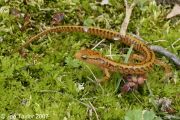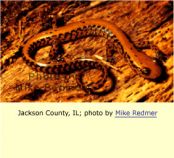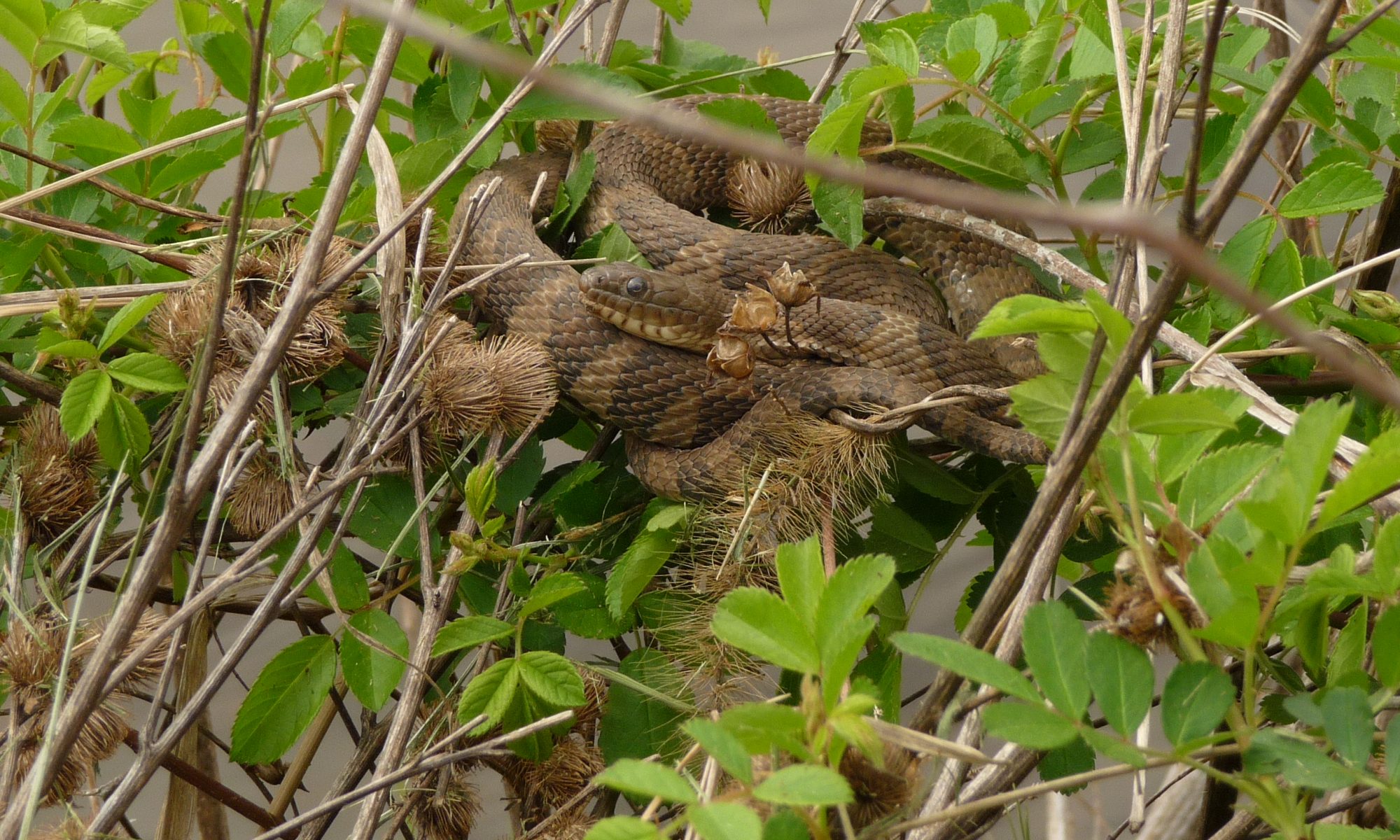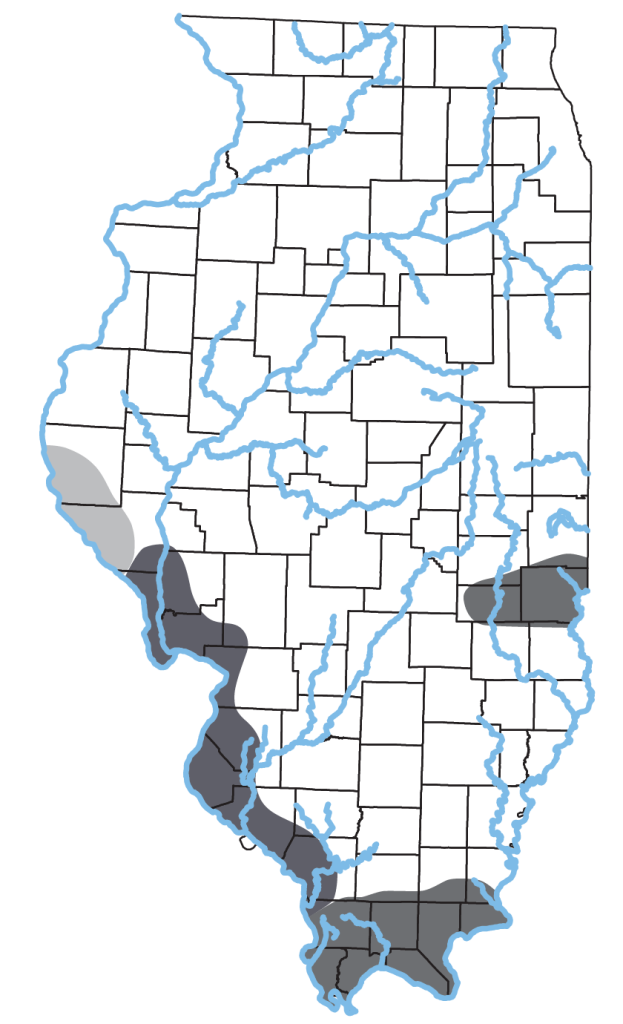Eurycea longicauda (Green, 1818)

Key Characters: Slender yellow or orange body; sides of long, slender tail with either dark vertical bars or chevrons (E. l. longicauda) or uniformly black (E. l. melanopleura).
Similar Species: Cave Salamander and Southern Two-lined Salamander are similar in appearance, but neither have the dark vertical bars on each side of the tail or a uniformly black tail. See Key to Adult and Larval Salamanders of Illinois for help with identification.
Subspecies: Two subspecies are currently recognized: Eastern Longtail salamander, E. l. longicauda and Dark-sided Salamander, E. l. melanopleura (Cope1894 “1893”, Proc. Acad. Nat. Sci. Philadelphia, 45:383). A third subspecies, Three-lined Salamander, E. l. guttolineata (Holbrook, 1838) had been recognized, but was elevated to full species. Only longicauda and melanopleura are known to occur in Illinois.

Description: A long (up to 16 cm TL), slender lemon-yellow to yellowish orange salamander with scattered black blotches along back and sides. Belly yellow to cream and usually unspotted. Costal grooves and nasolabial grooves present. Eurycea l. melanopleura is more darkly pigmented, with yellow-green to yellow-brown ground coloring and sides of body and tail uniformly dark. Larva slender with low tail fin, long gill branches, dark flecks on the anterior third of throat, and broad pale stripe down back.
Habitat: Near cool streams and spring seeps in forests of dissected, rocky uplands and valley edges. Dark-sided subspecies partial to twilight zones of caves, sometimes deep within caves and along surface streams nearby.
Natural History: Adults emerge from rocky refugia at night, especially after rain, and feed on terrestrial insects, spiders, centipedes, snails, and earthworms. They are sometimes seen on tree trunks, damp leaves, rock faces, or even on roads during these forays. Eggs laid in wet underground crevices in late summer or autumn. Hatchlings appear in late winter or early spring and larvae transform in summer.
Distribution Notes: Smith’s (1961) Illinois distribution map for E. longicauda shows the subspecies longicauda in the east and south (west to to about Union Co.) and melanopleura along the Mississippi in Adams and Pike counties, with intergrades along the Mississippi River.
Status: Locally abundant, but patchily distributed.
Etymology: Eurycea – possibly a mythological reference to Eurydice, wife of Orpheus; longicauda – longus (Latin) for long; cauda (Latin) tail, appendage; melanopleura, melaina (Greek) black; pleura (Greek) side of body.
Original Description: Green, J. 1818. Descriptions of several species of North American Amphibia, accompanied with observations. Journal of the Academy of Natural Sciences Philadelphia. 1(1):348-359.
Type Specimen: Not designated.
Type Locality: “in the state of New-jersey” Restricted to the vicinity of Princeton, New Jersey by Schmidt (1953, Checklist…6th ed.)
Original Name: Salamandra longicauda (Splerpes melanoplerus Cope, 1894 for the subspecies E. l. melanopleura)
Nomenclatural History: E. longicauda was transferred to several genera (Cylindrosoma, Saurocercus, Splerpes, and Geotriton) before it was finally put into the current genus, Eurycea by Stejneger and Barbour, 1917, Check List N. Am. Amph. Rept.: 19. The current subspecies melanopleura was originally named as a full species, Splerpes melanoplerus, by Cope (1894 “1893”, Proc. Acad. Nat. Sci. Philadelphia, 45:383). Syntypes are ANSP 10456-60, according to Fowler and Dunn (1917, Proc. Acad. Nat. Sci. Philadelphia, 69: 21). Type locality “among the stone on the banks of Raley’s Creek, one of the head tributaries of White River”, Missouri, USA = Riley’s Creek. Bishop (1941, Occas. Pap. Mus. Zool. Univ. Michigan, 451: 20) reduced it to a subspecies of E. longicauda where it currently resides.


